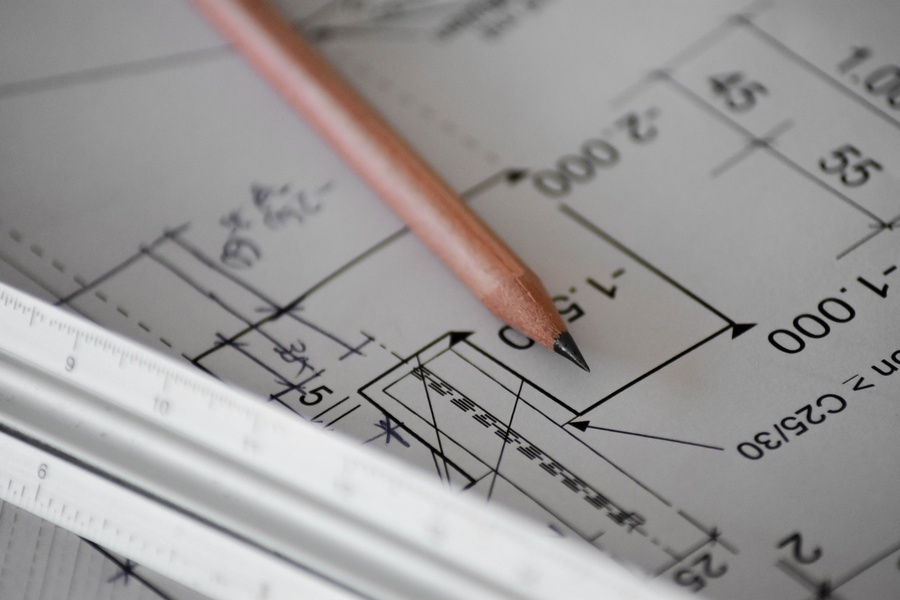Introduction:
Renovations play a significant role in improving and updating various types of facilities, from offices and commercial spaces to airports, educational buildings, and manufacturing facilities. However, the renovation process can be disruptive if not managed effectively. One crucial element that can streamline renovations and enhance the overall experience is the use of temporary construction walls. In this blog post, we will explore five key benefits of utilizing temporary construction walls during renovations in non-residential spaces.
1. Enhanced Dust and Debris Containment: Clean and Safe Work Environment
Renovations often generate dust and debris that can impact the overall cleanliness and safety of a space. Temporary construction walls are designed to contain and minimize the spread of dust and debris, ensuring a clean and safe work environment during the renovation process. By isolating the construction area, these walls prevent dust and debris from reaching adjacent spaces, minimizing disruptions and the need for extensive cleaning afterward.
2. Improved Noise Reduction: Minimized Disturbances
Renovation projects can create noise disruptions that can negatively impact productivity and customer experiences. Temporary construction walls help mitigate noise levels by acting as sound barriers. By reducing noise transmission, these walls create a more conducive environment for work, customer interactions, or learning activities, ensuring minimal disturbances during the renovation process.
3. Flexibility and Adaptability: Customizable Solutions for Every Space
Temporary construction walls offer versatility and adaptability to accommodate the unique requirements of different renovation projects. These walls come in various sizes and can be easily configured to fit any space, whether it’s an office, commercial facility, airport, or educational building. The modular nature of temporary walls allows for seamless adjustments, enabling contractors to create customized work zones and partition areas as needed.
4. Maintaining Operations: Uninterrupted Business Continuity
For commercial and retail facilities, maintaining operations during renovations is crucial. Temporary construction walls provide a solution that allows businesses to continue their operations while renovation work is ongoing. By isolating the construction areas, temporary walls ensure that customers and employees can safely navigate through unaffected spaces, preserving business continuity and minimizing disruptions to daily operations.
5. Professional Appearance: Presentable Work Zones
The aesthetics of a renovation project matter, especially in public spaces. Temporary construction walls offer a professional appearance that contributes to a presentable work environment. These walls can be customized to match the existing décor, maintaining a cohesive aesthetic throughout the facility. With their clean and polished appearance, temporary walls create a positive impression on customers, visitors, or students during the renovation process.
Conclusion:
Temporary construction walls provide numerous benefits during non-residential renovations, including enhanced dust and debris containment, improved noise reduction, flexibility and adaptability, uninterrupted business continuity, and a professional appearance. By incorporating these walls into renovation projects, facilities such as offices, commercial and retail spaces, airports, educational buildings, and manufacturing facilities can ensure a smoother and more efficient renovation process. Whether it’s minimizing disruptions, creating safe work environments, or maintaining a polished appearance, temporary construction walls are a valuable asset for successful and impactful renovations in non-residential spaces.

